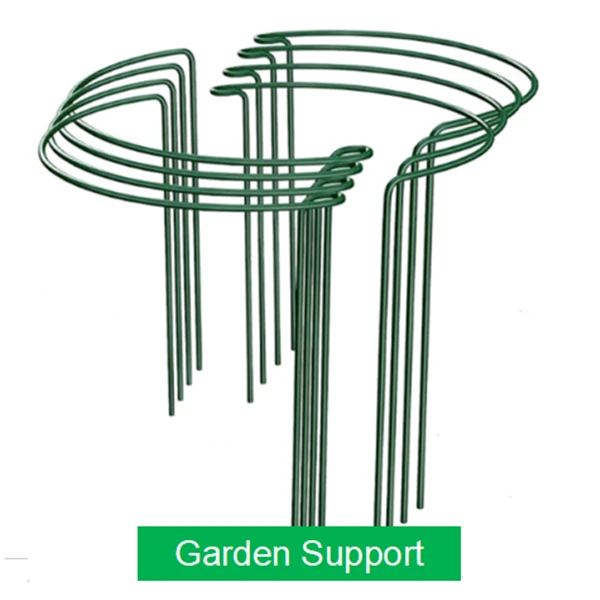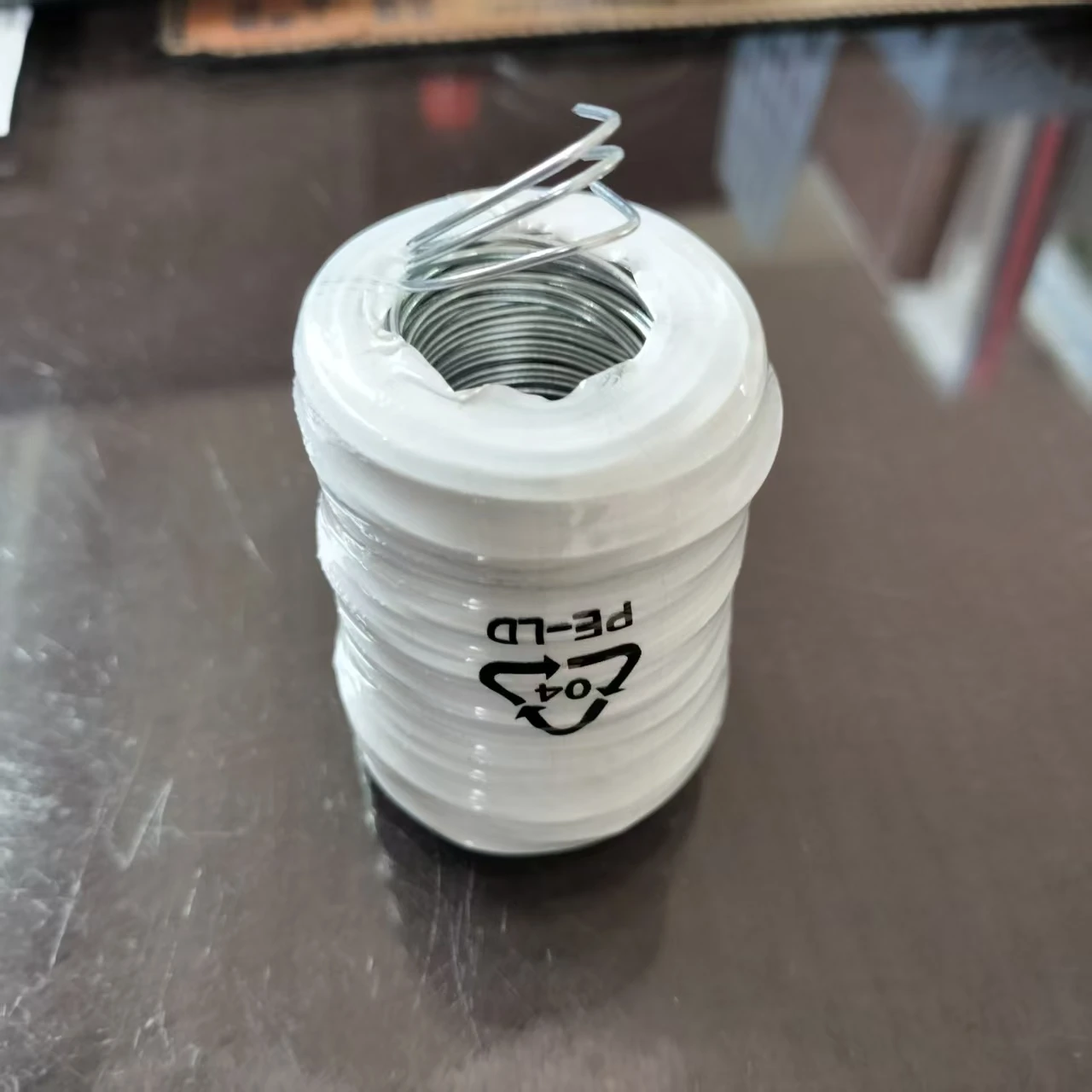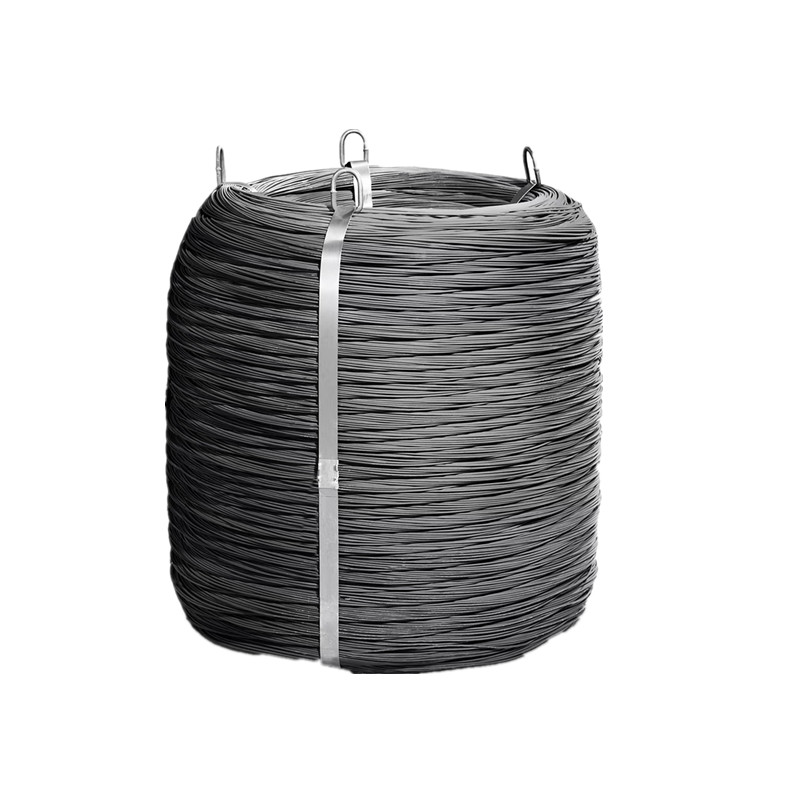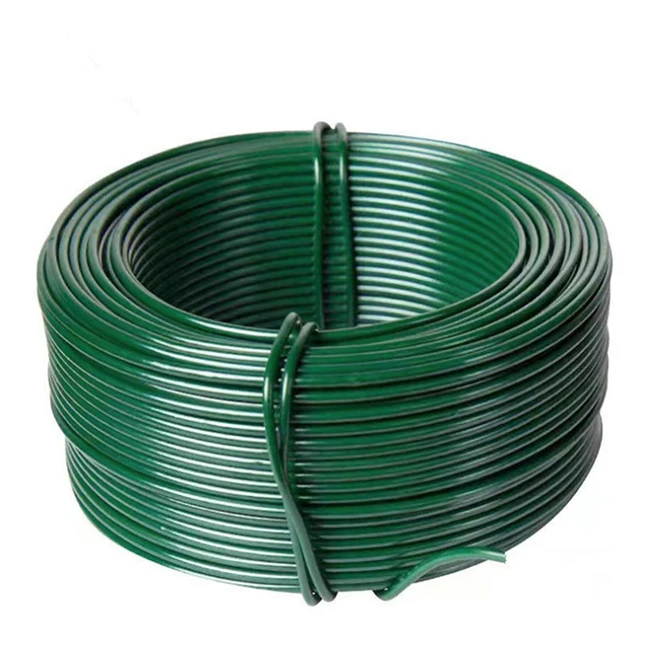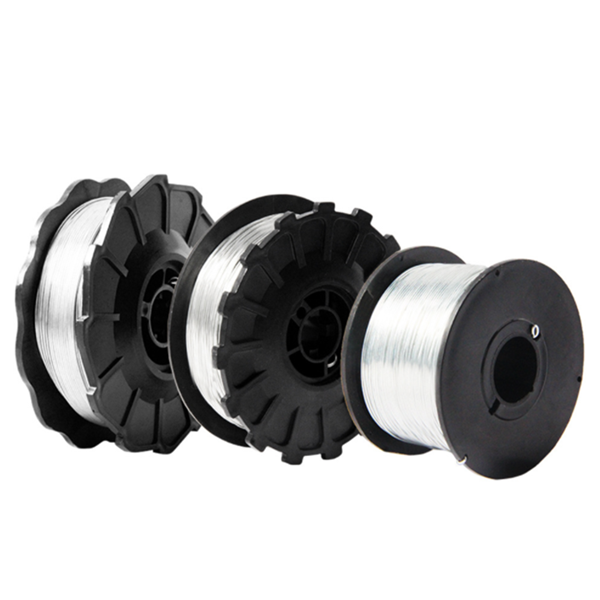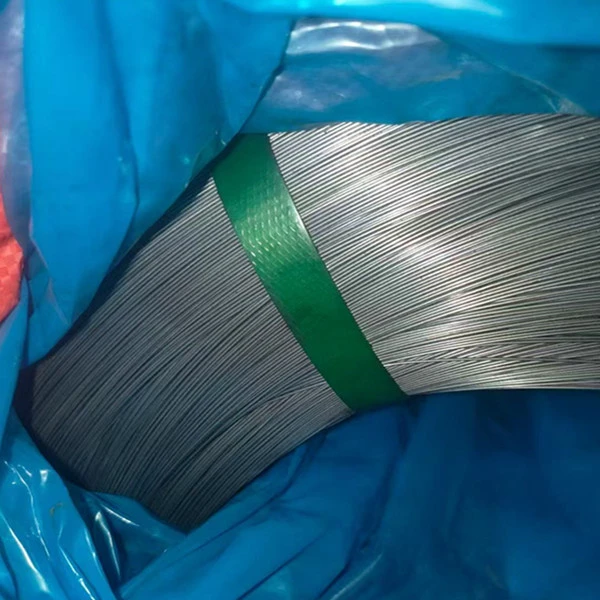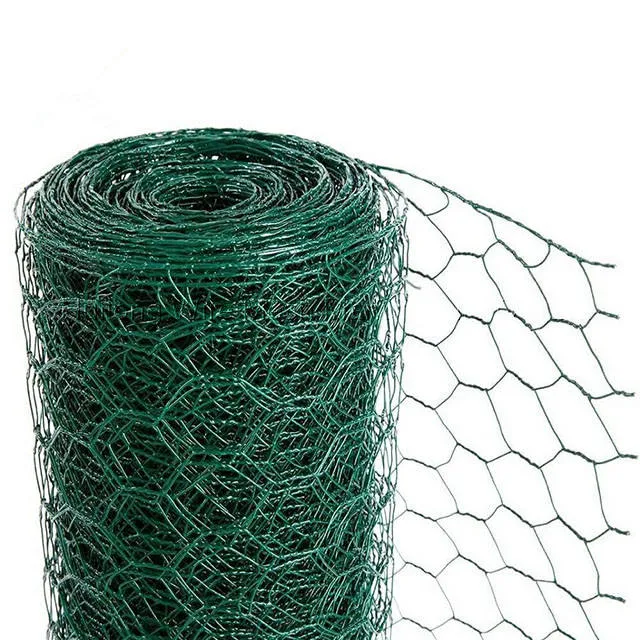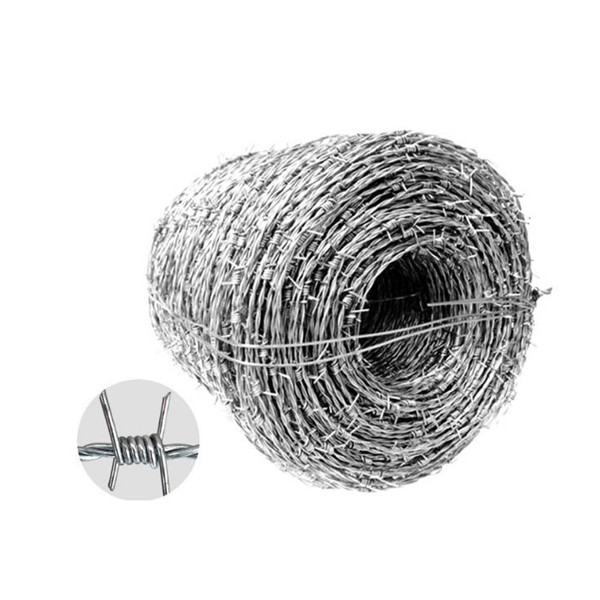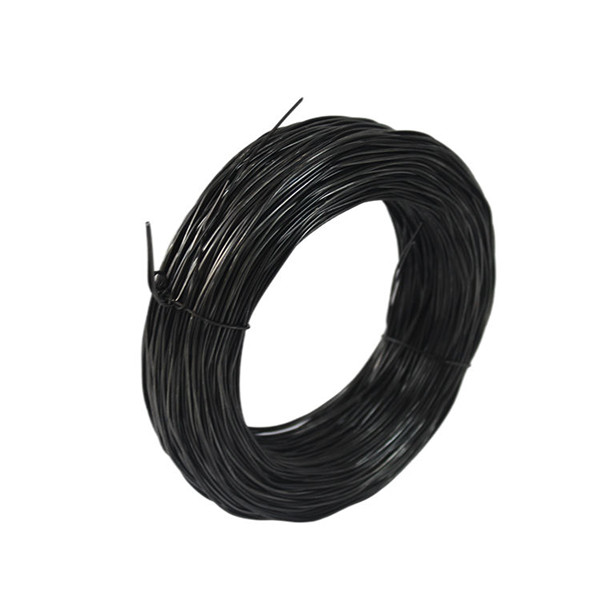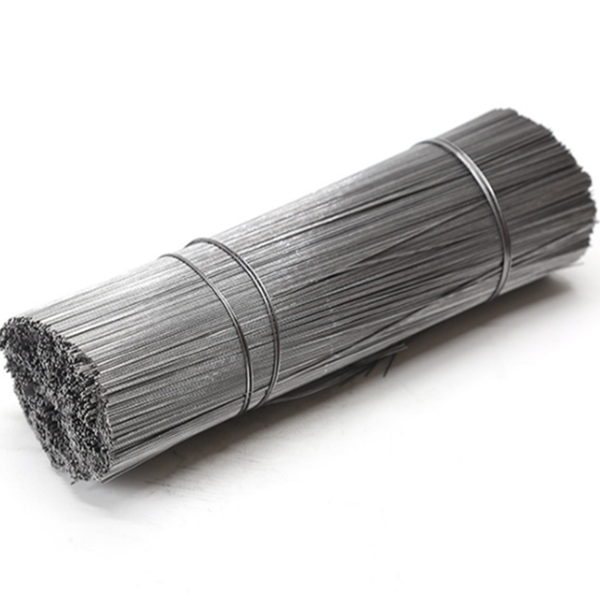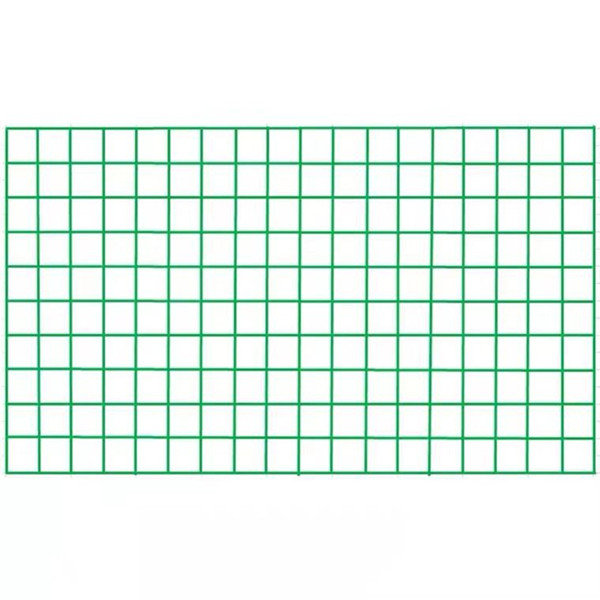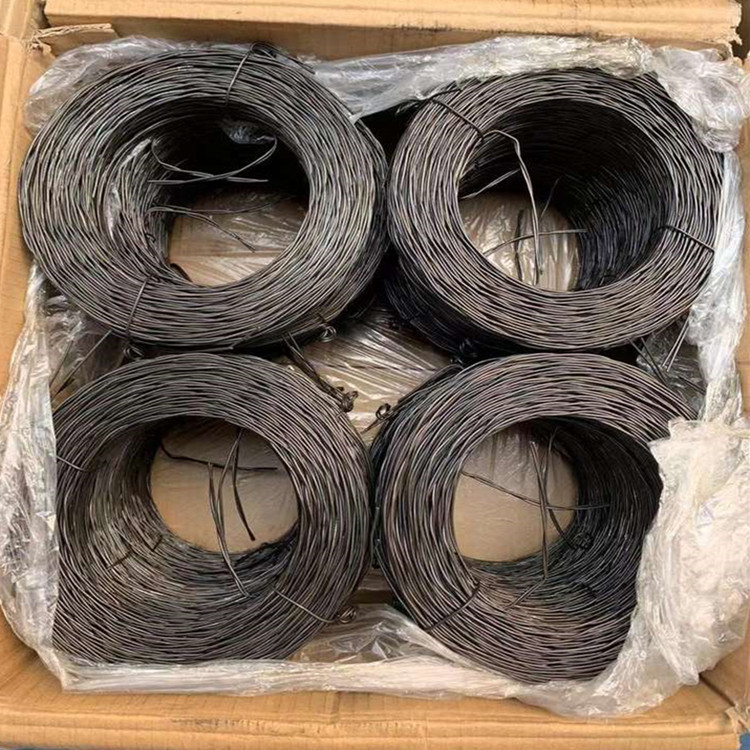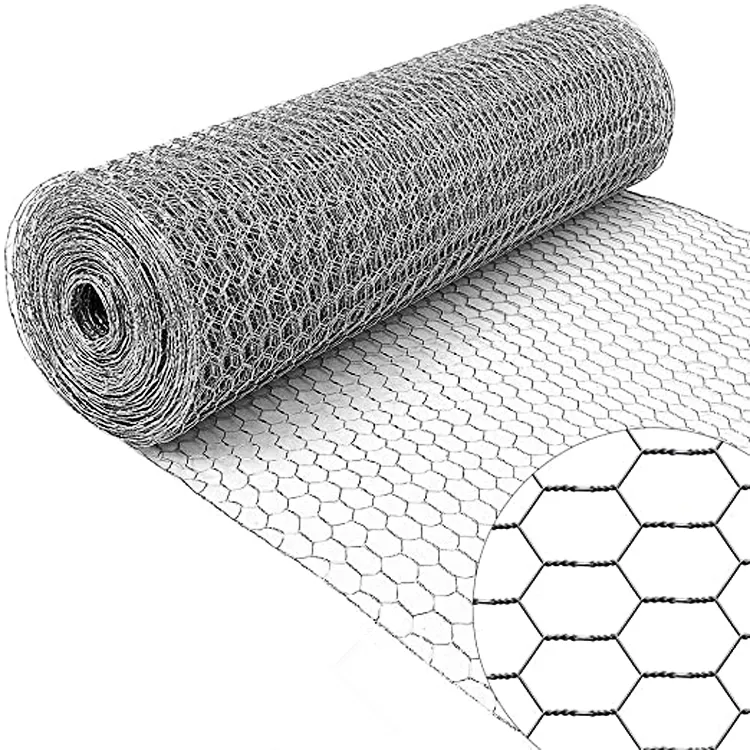Why Proper Tightening Barbed Wire Matters in Industrial Settings
Having worked in industrial equipment for over 15 years, I can tell you that nothing tests a fence’s backbone quite like tension. Tightening barbed wire is more than just pulling strings taut. It’s about knowing the wire’s limits, the environment, and frankly, balancing brute strength with finesse.
I remember a job on a sprawling agricultural site where the barbed wire initially looked fine but quickly sagged under its own weight and weather elements. It wasn’t just sloppy installation; it was a classic case of improper tensioning. Once we re-tightened the wire properly using the right tools and techniques, the entire fence gained rigidity and security. The difference was night and day.
What You Need to Know About Material and Design
When it comes to barbed wire, you’re often working with galvanized steel or occasionally stainless steel for corrosive environments. The coating matters. Galvanization protects the wire but can’t stop rust forever, especially if the tension isn’t right—stretching or sagging wires expose more surface to moisture.
Design-wise, the classic double-strand twisted wire with sharp barbs isn’t going anywhere soon. It’s simple, durable, and effective. Some modern products incorporate hardened steel barbs or tighter twisting for extra strength, but the basic principle remains the same. More important than bells and whistles is how tightly the wire is held. Enough tension prevents sagging but avoids overstressing the wire until it snaps.
Tools & Techniques for Tightening Barbed Wire
Now, I won’t lie—there’s a bit of art and a bit of muscle to it. Most technicians use come-alongs, wire strainers, or ratchet pullers to get the job done. The key is gradual tensioning. One snap and you’ve got a ruined line or even an injury waiting to happen. Many engineers swear by using proper wire tension gauges to measure before locking the tension in place.
In more customized projects, adjustable anchor points and tension springs come into play, especially for fences subjected to fluctuating weather or mechanical stresses. I’ve also seen clever solutions where the wire is wrapped and fixed with locking clips after tensioning—it’s those little touches that extend the fence’s lifecycle.
Product Specification Table: Typical Barbed Wire for Industrial Use
| Specification | Details |
|---|---|
| Material | Galvanized Steel (18-14 gauge) |
| Barb Spacing | Approximately 4-5 inches |
| Wire Tensile Strength | Up to 900 MPa (megapascal) |
| Coating | Hot-dip galvanized or PVC coated |
| Recommended Use | Perimeter fencing, livestock containment, security barriers |
Comparing Top Vendors for Barbed Wire Products
| Vendor | Wire Gauge (in) | Coating Type | Price per Roll | Delivery Time |
|---|---|---|---|---|
| Lanye Wire Mesh | 14/15 | Hot Dip Galvanized | $120 | 7–10 days |
| FenceTech Supplies | 16/17 | PVC Coated | $135 | 5–7 days |
| SteelNet Co. | 14 | Electro-Galvanized | $110 | 10–14 days |
Final Thoughts on Mastering Wire Tension
All in all, tightening barbed wire might seem straightforward until you step on-site. Weather, wire quality, post stability, and yes—the right tools—come together to make or break your fence’s effectiveness. I’ve learned that paying attention to details like gradual tensioning and choosing a reliable wire supplier (like Lanye Wire Mesh) saves headaches down the line.
So, whether you’re securing livestock or protecting industrial assets, think of barbed wire tension as part mechanical skill, part intuition. And if the wire feels just a little loose after a season, don’t hesitate to re-tighten. The fence will thank you for it.
— Joe S., Field Technician and Fence Aficionado
References & Further Reading
- Industrial Barbed Wire Standards, ASTM International
- Field Guide to Agricultural Fencing Techniques, AgriTech Press
- Personal notes from fence installations and inspections, 2010–2023




